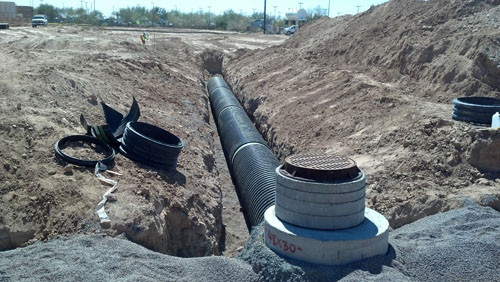How Sewers Are Constructed?
Sanitary sewer systems come in two types that are the trunk-line or intercepting sewer, and the tributary or contributing sewer. A bonded sewer contractor is one who is in the business of installing, repairing, and removing public or private sewers and private sewage disposal systems.
You can simply perform an online search for a professional bonded sewer contractor and receive the desired results in no time.

Image Source: Google
The sewers that intercept are often described as collecting sewers. They are constructed from concrete poured and installed at depths in the ground that varies between 15 and 100 feet, contingent on the natural contours of the soil.
They are those which connect directly to bathtubs and other bathroom fixtures like bathroom faucets, and other fixtures.
The sewer that intercepts is not equipped with generally any other connections to the smaller, tributary configuration. The sewers range in size between 2 and 10-foot. They are used to provide a direct route to the plant for disposal.
The most recent installation of sewers for intercepting is designed in the shape of an egg that is inverted to ensure a more deep and self-cleansing stream. Some sewers are of round and oval shapes that are in use.
The old sewers for intercepting were built of brick, and the inside was then plastered with a thick cement mortar that was made water-tight. The early public sewers were made out of wood. These types of sewers are now outdated.
They now have a variety of projects that they can take on including outdoor hot tubs, to a private swimming pool for the benefits of aromatherapy